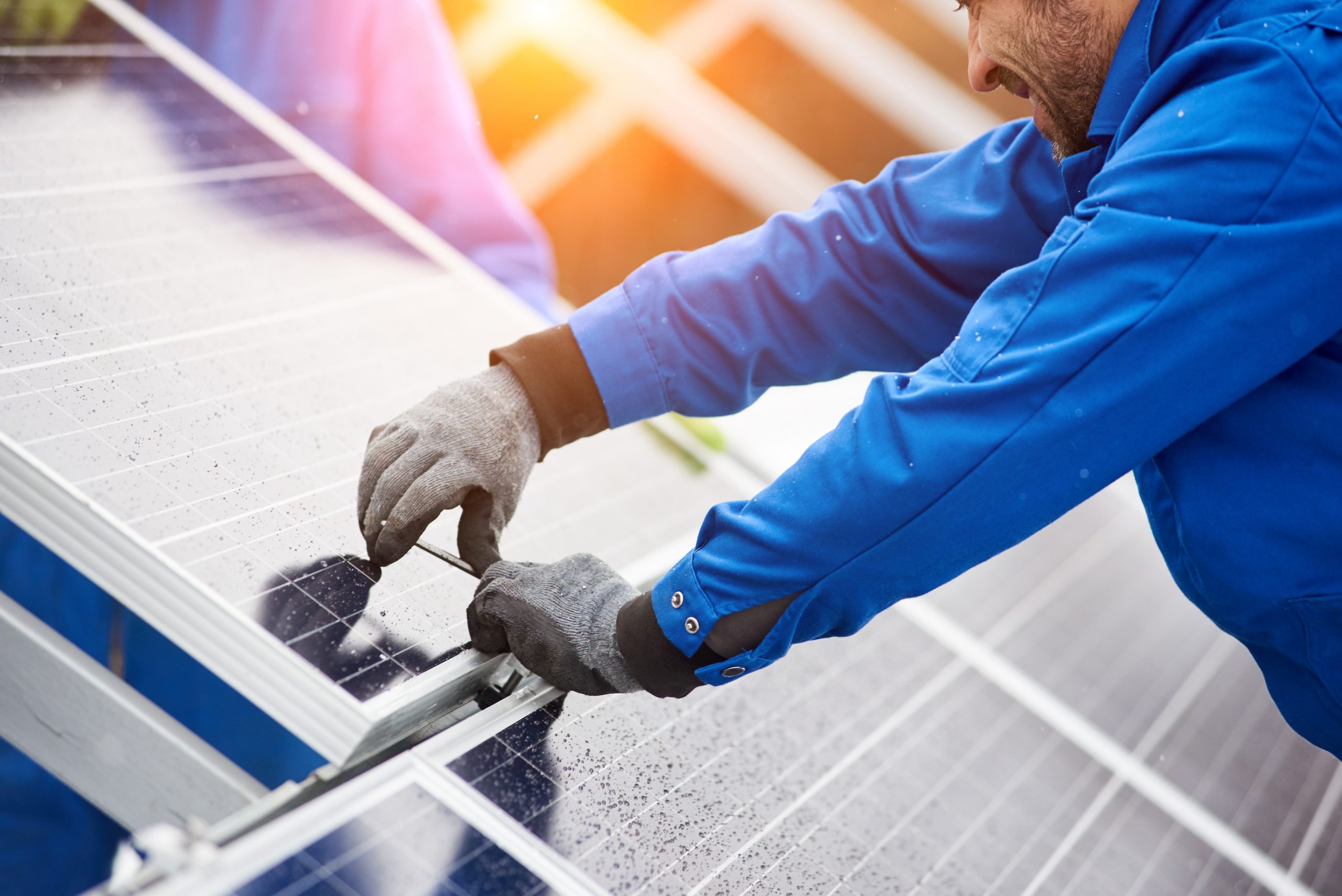Introduction
In recent years, the demand for solar panel installations has been on the rise as more people seek to reduce their carbon footprint and lower their energy bills. The benefits of harnessing solar energy are numerous, but choosing the right location for your solar panels is crucial to maximize their efficiency and lifespan. In this article, we will explore the key considerations when selecting the optimal location for your solar panel installation.
Understanding Solar Panel Installation
Solar panel installation is the process of mounting photovoltaic panels on rooftops or other structures to capture sunlight and convert it into electricity. The generated electricity can be used to power your home or be fed back into the grid, providing financial benefits through net metering.
Benefits of Solar Energy
Before delving into the location selection process, it’s essential to understand the benefits of solar energy. Solar power is clean, renewable, and sustainable, significantly reducing your reliance on fossil fuels. It helps cut down on greenhouse gas emissions, decreases energy costs, and increases your home’s value.
Factors to Consider for Solar Panel Installation
4.1. Sunlight Availability
The primary factor when choosing a solar panel location is sunlight availability. A location with maximum sunlight exposure throughout the day is ideal. Factors like latitude, local climate, and shading from trees or nearby buildings can impact sunlight availability.
4.2. Roof Condition
The condition of your roof is crucial. Ensure it is structurally sound and can support the weight of solar panels. A strong roof is vital for the long-term durability of the installation.
4.3. Shading
Shading from nearby objects can significantly affect the performance of solar panels. Evaluate the potential for shading during different times of the day and year, and consider pruning or removing trees or objects that obstruct sunlight.
4.4. Local Regulations
Check with your local authorities for permits and regulations related to solar panel installations. Compliance with local building codes is essential to avoid legal issues.
4.5. Budget
Determine your budget for the installation, as it will affect your choice of solar panel system and location. Various financing options, including incentives and rebates, can make solar panels more affordable.
Solar Panel Orientation and Tilt
Proper orientation and tilt of solar panels maximize energy production. In the Northern Hemisphere, panels should face south for optimum sunlight exposure. The tilt angle should be set according to your latitude for year-round efficiency.
Solar Panel Types
There are different types of solar panels available, such as monocrystalline, polycrystalline, and thin-film. Research and choose the type that suits your location and budget.
Professional Installation vs. DIY
Decide whether to hire professionals or install solar panels yourself. While DIY is an option, professional installers have the experience and knowledge to ensure a well-functioning system.
Maintenance and Monitoring
Regular maintenance is essential to keep your solar panels in optimal condition. Monitoring systems can help identify issues early, ensuring the efficient operation of your panels.
Environmental Impact
Installing solar panels reduces your carbon footprint and supports the transition to clean energy. It’s a significant step towards a more sustainable future.
Solar Energy Incentives
Look into available incentives, such as tax credits and rebates, to make your solar panel installation more cost-effective.
Choosing a Reputable Installer
Select a reputable installer with a track record of quality installations. Reviews and recommendations from other homeowners can be valuable in making your choice.
Conclusion
Choosing the right location for solar panel installation is a vital decision that can significantly impact the efficiency and longevity of your system. By considering factors like sunlight availability, roof condition, shading, local regulations, and budget, you can make an informed choice that benefits both your wallet and the environment. Embrace solar energy and enjoy the long-term benefits it offers.
FAQs
13.1. How much does a solar panel installation cost?
The cost of solar panel installation varies depending on factors like location, system size, and type of panels. On average, it can range from $10,000 to $30,000.
13.2. What is the lifespan of solar panels?
Solar panels typically have a lifespan of 25 to 30 years, but they can last even longer with proper maintenance.
13.3. Do solar panels work on cloudy days?
While solar panels are less efficient on cloudy days, they can still generate electricity. They work best under direct sunlight but are not completely inactive on overcast days.
13.4. Can I install solar panels on a flat roof?
Yes, solar panels can be installed on a flat roof, but the angle and tilt should be adjusted to maximize sunlight exposure.
13.5. Are there any tax incentives for solar panel installation?
Yes, there are various tax incentives, including federal tax credits and state-level incentives, to help offset the cost of solar panel installation.



